Here’s how we did it and what we’ve learned so far

By Leopoldo Pozuelo, MD, FACP, FAPM, and Rachel Slosberg
Cleveland Clinic is a non-profit academic medical center. Advertising on our site helps support our mission. We do not endorse non-Cleveland Clinic products or services. Policy
Delirium in the hospital setting is a common and often challenging medical issue for our patients. We know of the short-term effects, such as increased morbidity, distress for the patient and caregivers, and increased length of stay. Long-term effects have recently been described in the literature, including neuropsychological deficits that can persist for months after a patient’s index hospitalization. Yet despite these substantial impacts of delirium among inpatients, education of medical professionals on the detection and management of delirium is erratic and inconsistent at best, with a more standardized approach clearly warranted.
In view of these challenges, Cleveland Clinic’s Neurological Institute and Quality & Patient Safety Institute created a multidisciplinary and multispecialty delirium task force to achieve two goals:
The task force took on this charge by focusing on several key component steps and accomplishments, as outlined below.
The first step was to choose a delirium detection tool and build it into the electronic medical record (EMR) used by our health system (Epic). Nursing staff piloted and tested a selection of screening tools and chose the Brief Confusion Assessment Method (bCAM), which takes two minutes to administer. The patient is assessed daily on the medical and surgical floors, from admission through day of discharge. A similar tool (CAM-ICU) was previously implemented in our intensive care units, and assessments using it are also recorded in the EMR. The use of both of these tools allows clinicians to screen for delirium in our patient population throughout the entire hospital stay.
Second, an electronic tool we named the Delirium Accordion was built with input from nursing, pharmacy and physician staff. This EMR-embedded tool captures all screening results for delirium and all potential causes of delirium for a given patient and displays them in a timeline fashion. Clinical data such as vital signs, laboratory values, imaging findings and medications that may be implicated in delirium are displayed in an easy-to-digest format that nurses and physicians can reference together when assessing why a patient is exhibiting delirium (Figure 1).
In essence, the Delirium Accordion is a virtual tapestry into which key data points implicated in delirium cases are woven and can then be discovered.
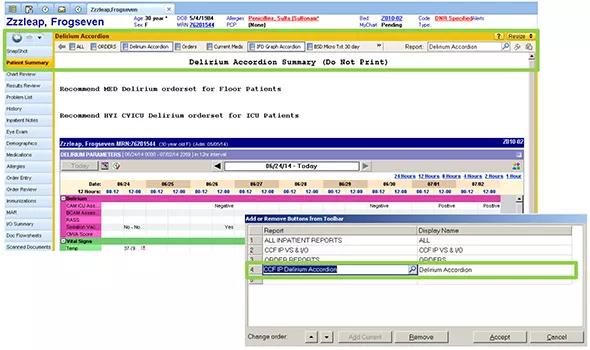
Figure 1. Screenshot of a report from the Delirium Accordion.
Third, a specific order set for delirium was created that contains both nonpharmacologic and pharmacologic interventions. Evidence-based interventions were reviewed and incorporated into the order set. The resulting menu of interventions, such as early patient mobilization and the use of selected medications, is designed to foster a more standardized approach that will limit inappropriate interventions and drive better outcomes. So far, early adoption of the delirium order set has been strong.
Finally, based on the foundations of the Cleveland Clinic Delirium Care Path for detecting and managing delirium, a delirium algorithm was created using the abovementioned EMR tools (Figure 2).
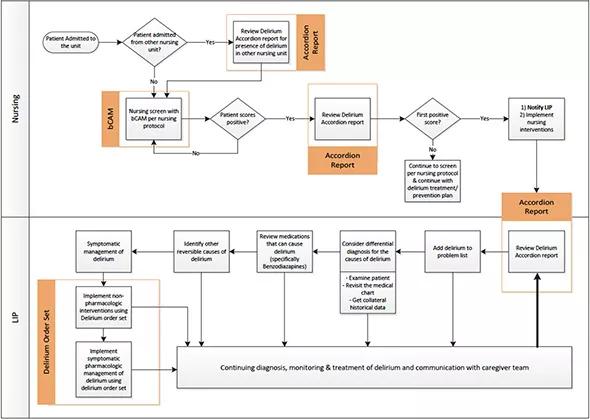
Figure 2. The algorithm for delirium management on medical/surgical floors. (LIP = licensed independent practitioner)
Together with education and online training materials, the delirium clinical tools and algorithm became available to all providers in the Cleveland Clinic enterprise in late 2014. All patients in the ICUs and on the medical and surgical floors of Cleveland Clinic hospitals are now screened daily for delirium.
The delirium management algorithm captures an enhanced workflow in which three key aspects are emphasized:
Management of delirium in all phases (screening, detection and treatment) is a continuous process that requires nurses, pharmacists and physicians to work together, constantly ask questions and treat the delirium process. We believe that by providing delirium tools in the EMR and incorporating them in an efficient workflow, we have made these tools more user-friendly and better positioned Cleveland Clinic to ensure effective delirium management.
An electronic dashboard has been created and became available in the fall of 2015 to measure the progress of the delirium management program. The dashboard captures core data such as the prevalence of delirium and the length of stay in each hospital unit. More individualized data, such as provider utilization of the delirium tools and workflow trends, are also displayed. In the context of delirium rounds and other targeted educational efforts, we are now sharing the delirium dashboard with all clinicians to drive improved delirium care and standardization.
As familiarity with the delirium EMR tools and algorithm grows, we are better positioned to work on the next enterprise objective: delirium prevention. In keeping with the mantra of the delirium task force — “everyone owns delirium” — it is up to all caregivers to strive for continuous improvement in our approach to patients who experience delirium. The ultimate success of our initiative depends on precisely such widespread ownership, and we believe these EMR tools and algorithm are ideal tools for achieving it.
Dr. Pozuelo is Section Head of Consultation Psychiatry in the Department of Psychiatry and Psychology and a staff physician in the Center for Behavioral Health.
Ms. Slosberg is a project manager in the Quality & Patient Safety Institute.
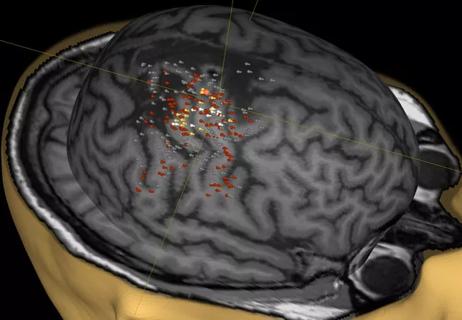
A noninvasive approach to map eloquent areas before surgery
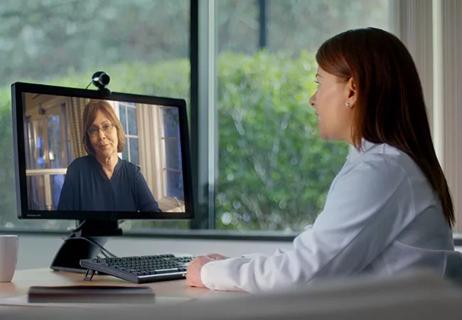
Physician reimbursement policy experts join forces with IT and coders to enable digital transformation

Minority Stroke Program focuses on outreach to racial and ethnic minority communities
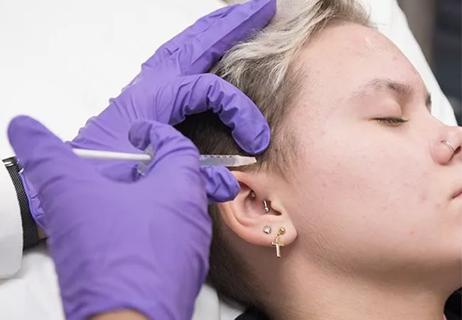
Excellent response seen with ongoing use in patients as young as 11

Q&A with a psychiatrist in Cleveland Clinic’s Transgender Surgery and Medicine Program

Time constraints, language barriers, substance misuse, mood disorders targeted for improvements
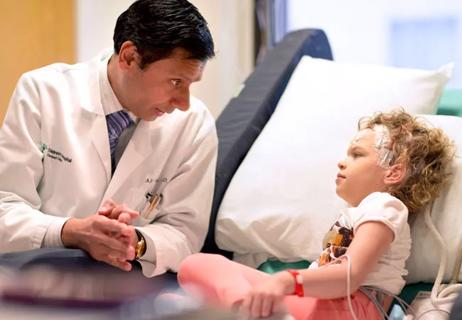
Project draws $1.6M to leverage telemedicine to create medical home, ease transition to adult care

Comorbid depression is only one of the likely warning signs